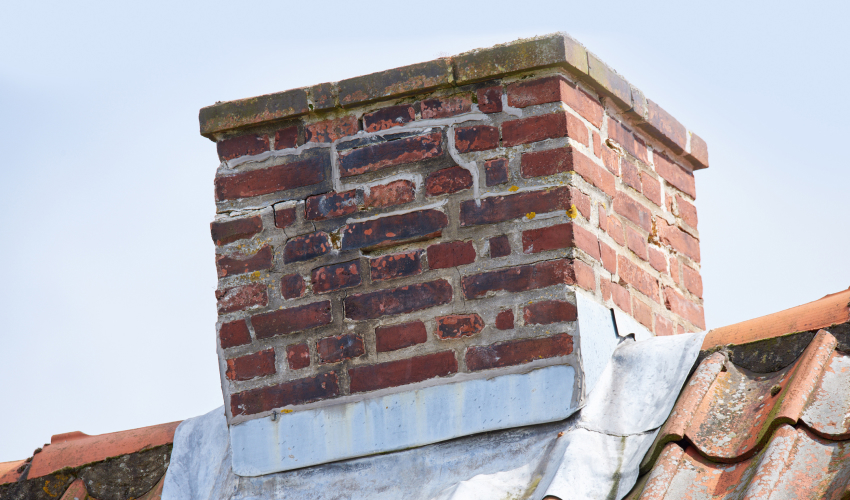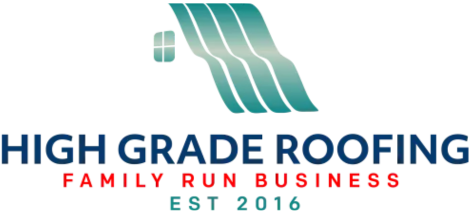A well-kept chimney helps to uplift the curb appeal of your space while ensuring that it is safe and offers proper ventilation. Whenever chimney issues are left unaddressed, it would lead to structural damage and possible safety hazards. Recognising the signs of chimney issues early can save you from expensive repairs and keep your property safe. Regular professional maintenance and prompt repairs play a vital part in extending the chimney’s lifespan. Also, consulting with a chimney repair specialist at the initial sign of an issue creates a huge difference in preserving the value and safety of the property.
Top Common Signs of Chimney Problems
Any signs of blockages, leaks, and cracks are a few common chimney issues that the property owners face. Identifying these signs sooner can help you take immediate action to prevent extensive damage. So, let us find out the frequent chimney issues and ways to handle them proactively.
Crumbling or Spalling Bricks
The damaged bricks and mortar joints are the main signs of moisture penetration. Whenever water infiltrates the masonry, it makes the bricks flake, crack, or completely break down. The spalling bricks adversely impact the chimney’s structural integrity, putting it at risk of collapse in the long run. Hiring professionals for a roof repair can help analyse the extent of the damage and suggest solutions like a full brick replacement or tuckpointing. Proper professional roof maintenance can prevent the buildup of moisture.
White Staining (Efflorescence)
The chalky white residue on the exterior surface of the chimney suggests excessive moisture in the masonry. Efflorescence mars the chimney’s aesthetics, indicating a water leak that might lead to structural issues. Clearing out the efflorescence will not be enough to address the root cause. A roofing expert can recognise the entry points of moisture and offer sealing solutions to safeguard your chimney.
Rust on the Damper or Firebox
Rusting on metal parts, like the firebox signals or damper, indicates a moisture issue. A damper that does not open or close appropriately indicates serious rust damage, which is often similar to signs of slate roof repairs that adversely impact protection and functionality. Replacing the damaged parts and addressing the source of moisture is the key to restoring the chimney’s functionality. An expert chimney repair specialist can help replace the corroded parts, ensuring proper security of the structure.
Flue Tile Damage or Cracks
Flue tiles help safeguard the chimney’s interior against combustion byproducts and heat. Tile cracks deteriorate the chimney’s ability to channel smoke and fumes outside safely. If you find flakes or tile fragments in your fireplace, it is important to book an emergency roofer for inspection. A roofing expert with expertise in handling chimney repairs can perform a complete roof assessment and replace the damaged flue tiles. The roofers with experience in handling tiled roofing can install a new lining for improved safety.
Chimney Leaks and Moisture Intrusion
Water dripping inside your fireplace or any visible leaks around the chimneys are notable signs of emergencies. Cracked crowns, damaged flashing, or seals are the main villains at work, causing leaks. Overlooking this issue leads to mould growth, weakening the masonry, and causing interior water damage. Hiring a professional roofing contractor to get your flashings fixed immediately and the application of waterproof coatings can resolve the issue.
Chimney Crown Damage
The chimney crown forms a protective shield that protects the structure against snow and rain. Chipping or cracks in the crowns cause moisture to infiltrate the chimney, causing extensive damage. Repairing minor cracks with crown sealant helps prevent leaks, while serious damage might necessitate a complete restructuring of the crown. Also, hiring roofing experts ensures flawless repair jobs to prepare your structure to withstand rough weather conditions.

Blocked Chimney or Obstructions
Twigs, leaves, bird nests, or even animal infestations block the chimney, leading to inappropriate ventilation and maximising the chances of fire hazards. A blocked flue leads to a hazardous buildup of carbon monoxide inside your building. A complete cleaning done by professionals helps to remove the obstructions, restoring airflow. Getting a chimney cap installed prevents future blockages and pest infestations.
Damaged or Missing Chimney Cap
The first protective element of a chimney is the chimney cap, which blocks rain, snow, and debris from entering the flue. When the caps are absent or fail, moisture and animals can enter chimneys, leading to expensive maintenance costs.
The installation of a durable corrosion-resistant cap protects the chimney from external weather damage by replacing an outdated one. Structural professionals can add caps that include mesh screens for extra defence against both debris and pest entry.
Creosote Buildup
The inefficient combustion of wood during burning results in the formation of a sticky dark-brown residue called creosote. Too much buildup inside the chimney creates a dangerous fire risk, which simultaneously degrades the fireplace’s performance.
Owners who schedule regular chimney cleanings, use dry or seasoned wood, and maintain good drafts will decrease creosote formation. A professional chimney repair expert thoroughly cleans the complete flue system to guarantee its safety for use.
Poor Smoke Draft or Backdraft Issues
The presence of smoke inside the living space instead of chimney release indicates draft problems. Blocked flues, improper chimney height, and negative air pressure in the house cause defective smoke drafts.
A draft resolution requires extensive examination because it requires proper identification of the original problem source. The necessary remediation includes adjustments to chimney height, draft inducers, and improvements in ventilation to balance interior and exterior air pressure.
Conclusion
Regular maintenance of your chimney promotes both safety and efficiency, which helps prevent economic damage to your home as well as ventilation problems. Trust High Grade Roofing for comprehensive chimney repair and maintenance involving minor corrections to total property restoration. Their team of experts will provide durable protective solutions for your home, so reach out now for professional services that guarantee top results of skilled craftsmanship. Contact us today for a free roof survey!
Frequently Asked Questions
What Causes a Chimney to Lean or Tilt?
Soil erosion, foundation settling, or water damage can cause leaning. A prompt structural assessment is vital to determine the severity and needed repairs.
Why is Smoke Filling My Living Room When I Use the Fireplace?
Leaning can result from soil erosion, foundation settling, or water damage. A prompt structural assessment is critical to understand how serious the problem is and what repairs are required. With timely detection, it can prevent expensive structural collapses.
Can High Grade Roofing Handle Both Chimney and Roof Repairs?
Yes, full-scope roofing and chimney services are our speciality. We can surely help you with highly reliable solutions at cost-effective prices. Contact us today to schedule a roof inspection.




